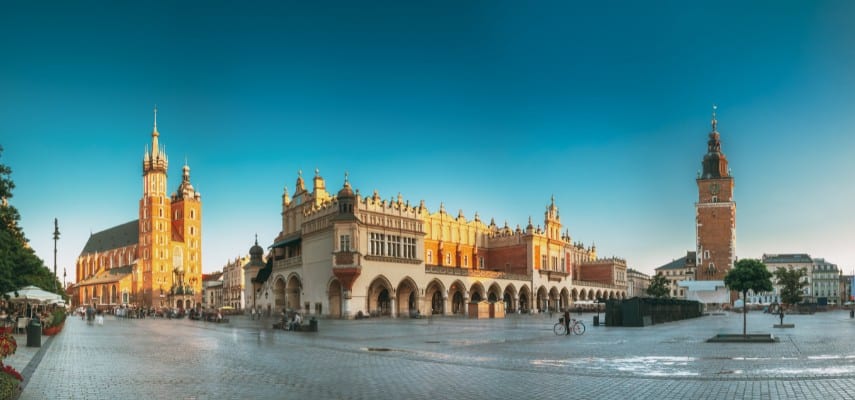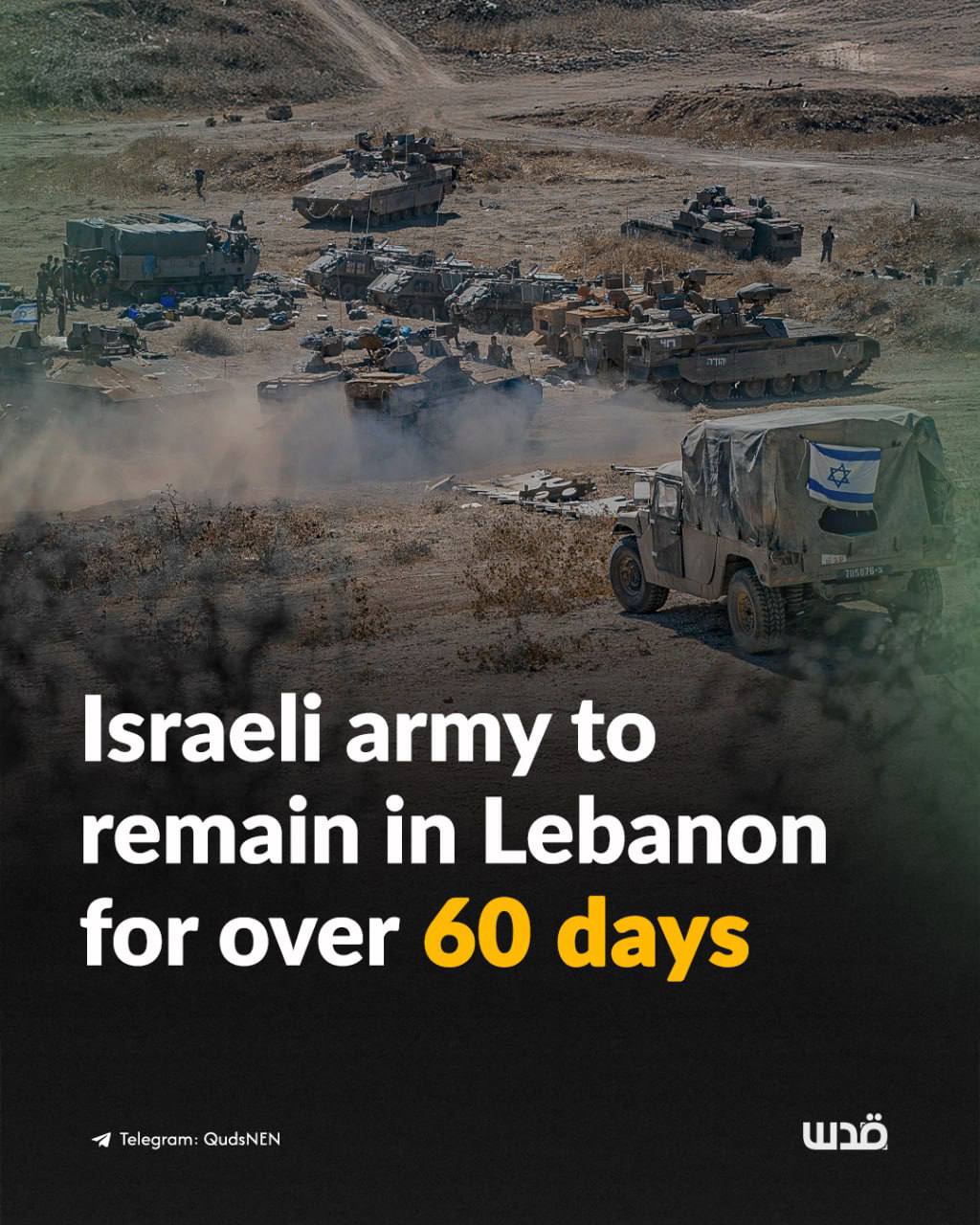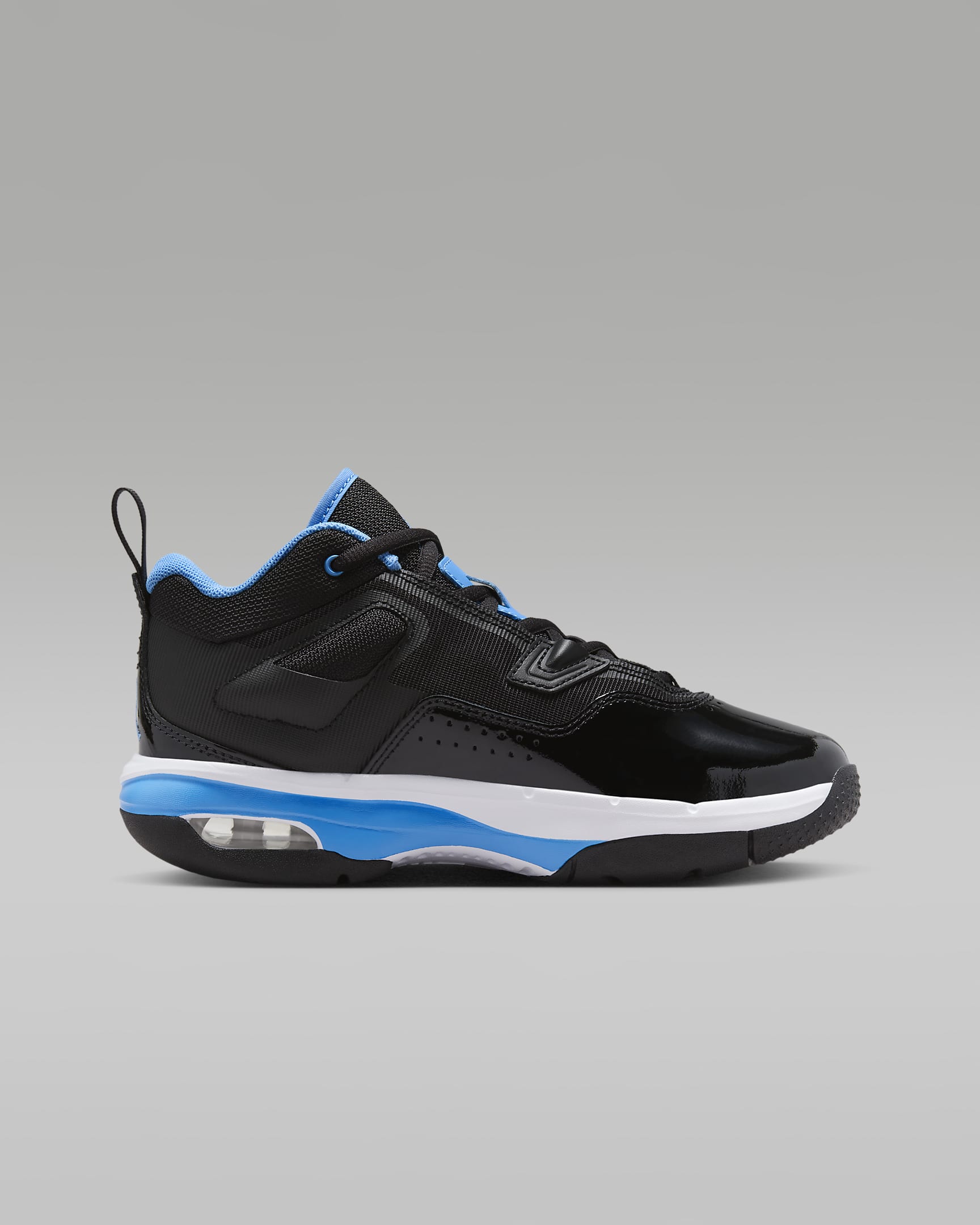
The very name "Seoul" conjures a kaleidoscope of images: the futuristic skyline piercing the clouds, the sizzle of Korean barbecue on a tabletop grill, the infectious beat of K-pop echoing through neon-lit streets, and the serene silhouette of an ancient palace against a modern cityscape. For many, a trip to South Korea’s dynamic capital feels like a distant, expensive dream. But what if that dream was more accessible than you ever imagined? The key to unlocking this incredible city often lies in one crucial first step: finding a cheap flight.
This comprehensive guide will not only demystify the process of snagging an affordable ticket to Seoul but will also equip you with the knowledge to explore its rich history, dazzling attractions, and culinary delights without breaking the bank.
The Quest for Cheap Flights: Strategies for Savvy Travelers

Related Articles about Seoul on a Shoestring: Your Ultimate Guide to Finding Cheap Flights and Exploring South Korea’s Vibrant Capital:
- Slovenia: A Jewel Box of Emerald Dreams and Alpine Majesty
- Discover the Land of the Long White Cloud: Your Guide to New Zealand’s Best Hotels and Beyond
- Unveiling the Rainbow Nation: A Comprehensive Guide to South Africa
- Bangkok: The Eternal City of Angels – A Comprehensive Travel Guide
- Norway’s Enchanting Embrace: A Journey Through Its Best Hotels and Unforgettable Experiences
Your journey to Seoul begins long before you step onto the plane; it starts with the hunt for the perfect flight deal. Incheon International Airport (ICN), Seoul’s primary gateway, is one of the world’s busiest and best-connected hubs, meaning competition among airlines is fierce—a major advantage for budget-conscious travelers.
1. Flexibility is Your Superpower: The single most effective way to save money is to be flexible with your travel dates. Flying on a Tuesday or Wednesday is almost always cheaper than a Friday or Sunday. Use flight comparison tools like Google Flights, Skyscanner, or Kayak and utilize their "whole month" or "flexible dates" features. This allows you to see a calendar view of prices, instantly highlighting the cheapest days to fly.
2. Master the Art of Timing: While last-minute deals can occasionally pop up, the sweet spot for booking international flights is typically 2-4 months in advance. Booking too early (a year out) or too late (within a month) often results in higher prices. Set up price alerts for your desired route; these services will notify you when fares drop, allowing you to book at the optimal moment.
3. Embrace the Shoulder Seasons: The best time to visit Seoul for weather (spring and autumn) is also the most popular and expensive. Consider traveling during the "shoulder seasons"—the periods just before or after the peak. Late March, May, September, and November offer pleasant weather, fewer crowds, and significantly lower airfares than the peak cherry blossom season in April or the golden foliage of October.
4. Consider Budget Carriers and Layovers: While direct flights are convenient, a one-stop itinerary, especially through major hubs in Asia (like Taipei, Tokyo, or Hong Kong) or the Middle East, can shave hundreds of dollars off your ticket price. Furthermore, look into budget airlines that service the region, such as AirAsia, Jeju Air, or T’way Air, especially if you’re already in Asia.
5. Fly into the Right Airport: While Gimpo International Airport (GMP) is closer to the city center, Incheon (ICN) handles the vast majority of international flights and is where you’ll almost certainly find the best deals from overseas. The excellent AREX express train and all-stop subway line make the connection from Incheon to downtown Seoul both fast and affordable.
A Glimpse into Seoul’s Soul: History and Culture
Once you’ve landed, you’ll find yourself in a city where centuries of history coexist with hyper-modernity. Seoul’s story is one of resilience and reinvention. Founded as the capital of the Joseon Dynasty in 1394, it was a walled city of palaces and scholars. It endured Japanese colonization and was almost completely flattened during the Korean War in the 1950s.
The city’s subsequent meteoric rise, known as the "Miracle on the Han River," transformed it into the global powerhouse of technology, fashion, and culture it is today. Understanding this dramatic history enriches every experience, from walking through the meticulously reconstructed Gyeongbokgung Palace to marveling at the futuristic design of the Dongdaemun Design Plaza. You are not just visiting a city; you are witnessing the living legacy of a nation that refused to be broken.

Must-See Attractions on a Budget
Seoul is packed with world-class attractions, many of which are surprisingly affordable or even free.
- The Five Grand Palaces: The heart of Joseon-era Seoul. If you only have time for one, make it Gyeongbokgung Palace, the largest and most magnificent. Don’t miss the free Royal Guard Changing Ceremony at the main Gwanghwamun Gate. For a great deal, purchase the Royal Palace Pass (around ₩10,000), which grants access to four palaces and the Jongmyo Shrine, saving you money if you plan to visit several.
- Bukchon Hanok Village: Nestled between two palaces, this charming residential area is filled with traditional Korean houses (hanoks). It’s completely free to wander its hilly, winding alleyways and snap photos of the beautiful tiled roofs against the backdrop of the modern city. Remember to be quiet and respectful, as this is a living neighborhood.
- Insadong: This vibrant neighborhood is the perfect place to experience traditional Korean culture. Browse art galleries, tea houses, and craft shops. While some items are pricey, the atmosphere is free, and it’s a wonderful place for a stroll.
- Myeongdong: The epicenter of Korean beauty and fashion. Even if you’re not shopping, the energy is electric. At night, the streets fill with an incredible array of food stalls, offering a cheap and delicious dinner. Feast on tteokbokki (spicy rice cakes), odeng (fish cake skewers), and hotteok (sweet pancakes).
- Hongdae: Centered around Hongik University, this is Seoul’s youthful, artistic soul. It’s the place to see up-and-coming K-pop dancers and indie musicians busking on the streets, explore quirky shops, and soak in the creative energy—all for free.
- N Seoul Tower: For the best panoramic view of the city, head to Namsan Mountain. You can take a cable car up (for a fee) or, for a budget-friendly and scenic option, enjoy a vigorous hike up the well-maintained trails. The view from the mountain base is still spectacular, even without going up the tower itself.
Navigating Seoul Like a Local: Transportation
Seoul boasts one of the world’s most efficient, clean, and affordable public transportation systems.
- The Subway: This is your key to the city. The extensive network covers virtually every corner of Seoul and its surroundings. Signs and announcements are in English, making it incredibly easy for tourists to navigate.
- The T-Money Card: Your most essential purchase upon arrival. This rechargeable smart card can be bought at any convenience store or subway station. Simply tap it on readers to pay for the subway, buses, and even taxis. Using a T-Money card gives you a discount on fares and allows for free transfers between subway lines and buses.
- Buses: For routes not directly on a subway line, the bus system is equally efficient. Use apps like Naver Maps or Kakao Maps (Google Maps is less reliable for transit and walking directions in South Korea) to find the right bus number and route.
- Walking: Seoul is a collection of distinct neighborhoods, each with its own character. The best way to explore areas like Bukchon, Insadong, or Hongdae is on foot.
Sweet Dreams on a Budget: Accommodation
Seoul offers a wide range of accommodation to suit any budget. The key is to book a place with easy access to a subway station.
- Hostels & Guesthouses: For solo travelers or those on a tight budget, Seoul’s hostels are modern, clean, and sociable. The Hongdae area is famous for its lively hostels, while areas like Myeongdong and Jongno offer options closer to the main historical sites.
- Budget Hotels: You can find clean, comfortable rooms in business hotel chains like Ibis or local brands for a reasonable price. These offer more privacy than a hostel without the luxury price tag.
- Hanok Stays: For a unique cultural experience, consider staying in a traditional Hanok guesthouse. While some can be luxurious, there are more rustic and affordable options available, particularly in the areas around Bukchon and Anguk Station.
- Airbnb: A great option for groups or those seeking a more local experience. You can often find a well-located studio apartment for a price comparable to a hotel room, but with the added benefit of a small kitchen.
When to Go: Finding the Perfect Season (and Price)
Choosing the right time to visit Seoul involves balancing weather, crowds, and cost.
- Spring (April-May): Famous for its stunning cherry blossoms. The weather is beautiful, but this is peak season. Expect large crowds and the highest prices for flights and accommodation.
- Summer (June-August): Hot, humid, and marks the start of the monsoon season. While you can find cheaper flights, the weather can be oppressive for sightseeing.
- Autumn (September-November): Widely considered the best time to visit. The skies are clear, humidity drops, and the fall foliage is breathtaking. September and November are fantastic shoulder-season months for deals.
- Winter (December-February): Cold and often snowy. If you don’t mind the chill, you’ll be rewarded with the lowest prices, fewer tourists, and a magical, snow-dusted cityscape.
Essential Tips for a Smooth Trip
- Stay Connected: Rent a portable Wi-Fi device (often called a "Wi-Fi egg") or buy a local SIM card at the airport. Constant connectivity is crucial for using navigation and translation apps.
- Learn a Few Words: While many younger Koreans and those in the service industry speak some English, learning a few basic phrases like "Annyeonghaseyo" (Hello) and "Kamsahamnida" (Thank you) will be greatly appreciated.
- Embrace the Food Culture: Eating out in Seoul can be incredibly affordable. Look for small, local restaurants packed with Koreans—a sure sign of authentic, delicious food at a good price. A hearty bowl of kimchi-jjigae (kimchi stew) or a sizzling plate of bulgogi can often be found for under ₩10,000.
Seoul is a city that rewards the curious traveler. It is a place where you can spend your morning exploring a 600-year-old palace, your afternoon sipping coffee in a chic, minimalist café, and your evening feasting on world-class street food. With smart planning and a strategic approach to finding your flight, this mesmerizing metropolis is not just a dream—it’s an affordable, achievable, and unforgettable adventure waiting to happen. So start searching for those deals, pack your bags, and get ready to discover the soul of Seoul.





